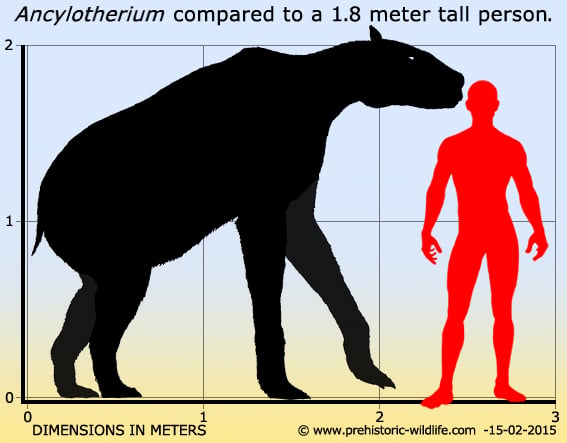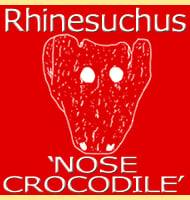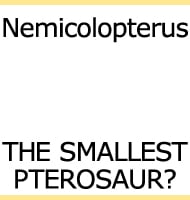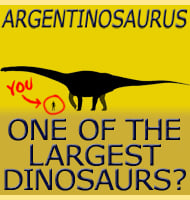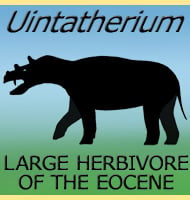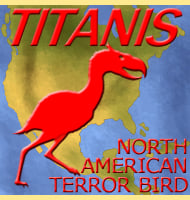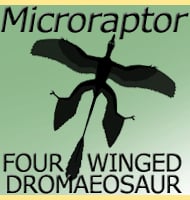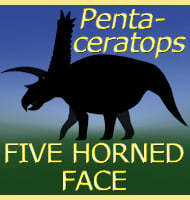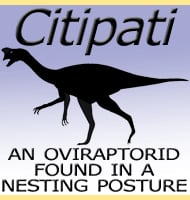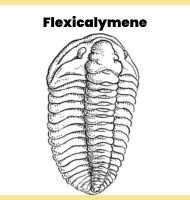In Depth
Ancylotherium may have been an atypical chalicothere with short hind legs, long fore arms, sloping back and horse-like head, but it was one of the few that did not walk upon its knuckles. Most other chalicothere genera walked on their knuckles to avoid damaging their long claws which they used to hook around branches so that they could pull them down to the mouth, so it may be that Ancylotherium adapted to a slightly different way of feeding than its relatives. Out of the other known chalicotheres the genus Moropus has been considered to be similar to Ancylotherium.
Further Reading
- A skull of Ancylotherium (Chalicotheriidae, Mammalia) from the late Miocene of Thermopigi (Serres, N. Greece) and the relationships of the genus, D. Geraads, E. Tsoukala & N. Spassov - 2007. – A juvenile skull of Ancylotherium (Mammalia, Perissodactyla, Chalicotheriidae) from the Pliocene of China. – Geobios, Volume 45, Issue 6, Pages 527-534. – Shao-kun Chen, Tao Deng, Li-bo Pang, Wen He & Shan-qin Chen. – Ancylotherium pentelicum (Perissodactyla, Mammalia) from the Upper Miocene of central and western Turkey. – Geobios, Volume 35, Issue 2, Pages 241-251. – Ger�ek Sara�, Tanju Kaya & Denis Geraads. – Ancylotherium pentelicum (Mammalia, Chalicotheriidae) from the late Miocene of Kerassia (Greece) and remarks on its intraspecific variability. – Palaeobiodiversity and Palaeoenvironments. 102 (1): 193–203. – Panagiotis Kampouridis, Socrates J. Roussiakis, Ioannis X. Giaourtsakis, Nikolaos Kargopoulos, Georgia Svorligkou & Georgios E. Theodorou – 2022.
